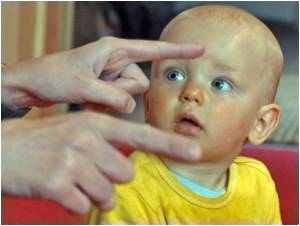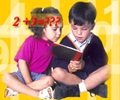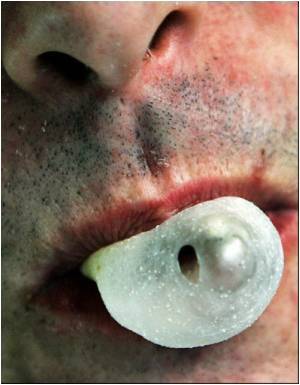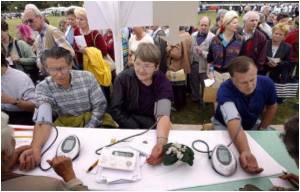
All of the children given extra training with words figured out that shape was the most important distinguishing feature when learning to name solid objects. This attention to shape, called a 'shape bias,' is not typically seen until later in development.
However, the researchers believed that kids exposed to more variety took the knowledge a step further, also learning when not to attend to shape.
"Knowing where to direct their attention helps them learn words more quickly overall," said lead author Lynn Perry.
"The shape bias enhances vocabulary development because most of the words young kids learn early on are names of categories organized by similarity in shape. And, developing the ability to disregard shape for non-solids helps them learn words like pudding, Jell-O or milk," said Perry.
The study involved 16 children who knew about 17 object names when the study began. Half of the kids were taught names of objects by playing with groups of toys that were nearly identical; the other half used toys that differed significantly - for example, a small, cloth, jack-o-lantern bucket; a trash bucket with no handle; and a traditional plastic bucket.
Advertisement
"We believe the variable training gave them a better idea of what a bucket was. They discovered that the buckets were all alike in general shape, but that having a handle or being a particular texture didn't matter," said Perry.
Advertisement
The findings were published in the journal Psychological Science.
Source-ANI









